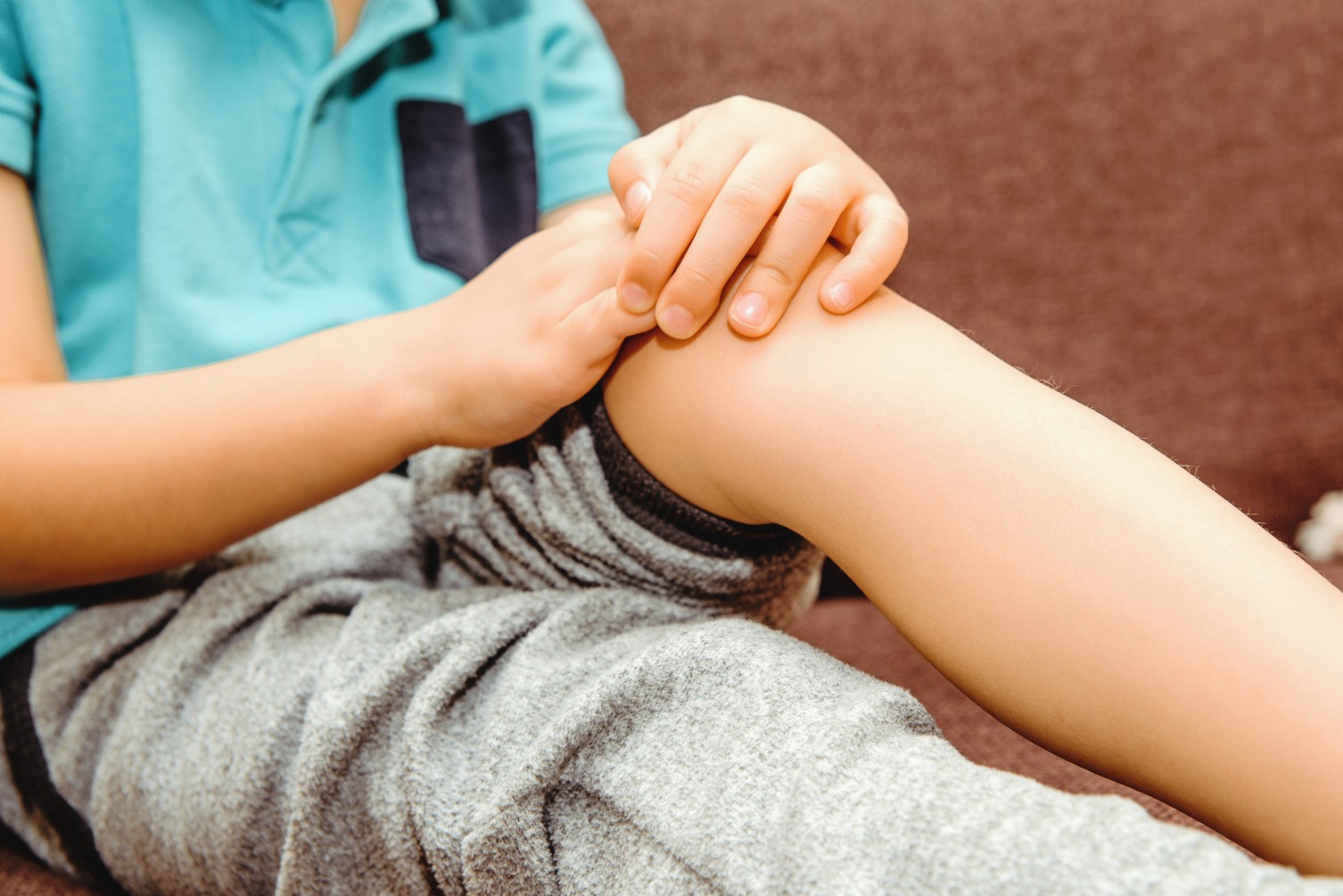
Many children experience bow legs when they’re little, especially around the time that they first start to walk. In most cases, they grow out of it, so it’s nothing to worry about. But if your child still seems to have bow legs a little further on in their development, it’s only natural that you might have concerns as a parent.
Read on for some helpful information on how to fix bow legs, including whether the issue goes away on its own and treatment options if it doesn’t.
If you’re only just looking into it though, it could be helpful to read our ‘What are bow legs?’ guide.
It’s very normal for toddlers and young children to have bow legs. You’ll notice it in many small children when they first start to walk on their own, and it gradually disappears as they get older. It isn’t usually painful or uncomfortable for the child. It’s a normal part of their development, where leg shape changes over time as the child grows into an adult.
However, pain can start to occur if bow legs remain into the child’s older years, especially if it persists into their teenage years or adulthood.
In most children, bow legs go away on their own without any treatment. This usually happens by the age of two or three years old. In some cases, it can be followed by a period of knock knees (which we’ll look at in a separate article). Again, this is all a normal and expected part of the development of bones, joints and leg shape in children.
But occasionally, bow legs can persist beyond the age of three years old. It’s at this point that it’s recommended to consult your child’s doctor, to discuss whether any treatment or corrective intervention is required. You should also seek medical advice if:
If you’re concerned about the shape of your child’s legs, you might want to take some photographs at regular intervals in their development, such as every six months or so. Make sure your child is facing forward, with their knees facing forward too. You should be able to notice any differences in the shape of their legs, and you can take these photographs to show to your child’s doctor.
If your little one has bow legs when they first start to walk, the best course of action will always be to look after their feet as normal.
They won’t need proper shoes until they’re walking on their own, and only then really for outside walking. It’s crucial that your children’s shoes are good quality, fit properly and offer plenty of support. This will help their feet and legs to develop naturally.
Remember that the bones of children’s feet tend to be quite soft when they’re little, so shoes or socks that are ill-fitting or too tight can affect their development.
But what if the condition persists? It’s important to stress that most children with bow legs won’t need any treatment, unless there’s an underlying cause (and this is rare). Although it can take some children longer than others to grow out of bow legs or other similar conditions such as knock knees, most get there on their own. Their legs will straighten out naturally without any need for intervention or treatment.
But if your child has bow legs into older childhood, or the condition is causing pain, discomfort or a limp, then their doctor may recommend some corrective treatment options. They may advise that an orthopaedic evaluation is carried out. This can help to identify any underlying conditions or bone deformities, such as rickets - although this is very rare.
Potential treatment options for bow legs can include leg or feet strengthening exercises. Or in some extreme cases, surgical procedures designed to straighten the leg.
However, it’s worth bearing in mind that according to the NHS, some exercises, shoe inserts and splints have been proven to not aid in the natural development of bow legs in young children.
If you have concerns about your child’s leg shape as they grow older, it’s always recommended to get expert medical advice.
It can help to put your mind at ease that the condition is something your child will grow out of naturally. Or if there is something that needs medical attention, it can be identified and dealt with quickly.
Author: Click Consult, published 06-09-2023.